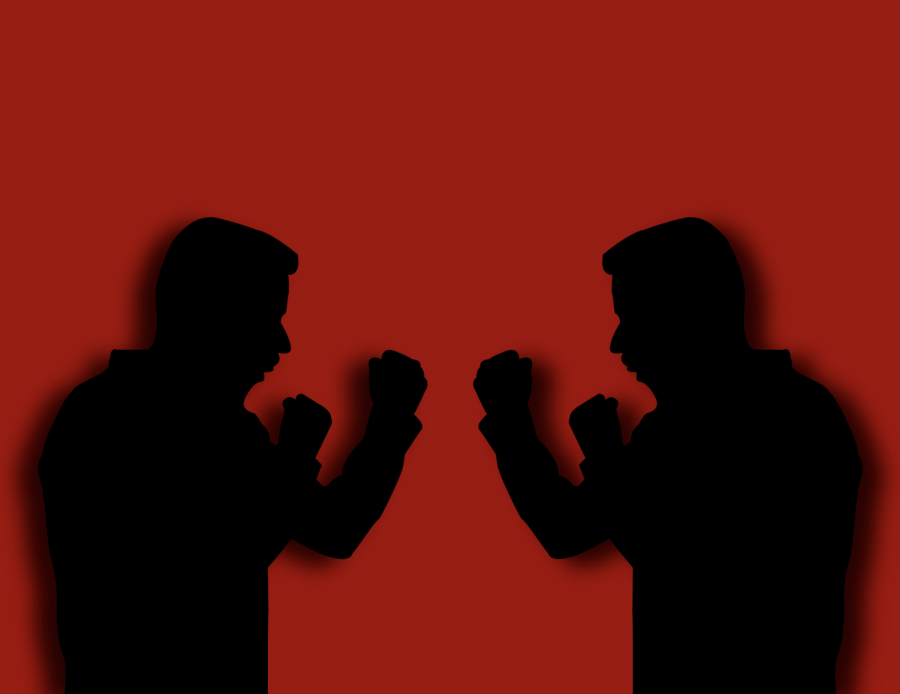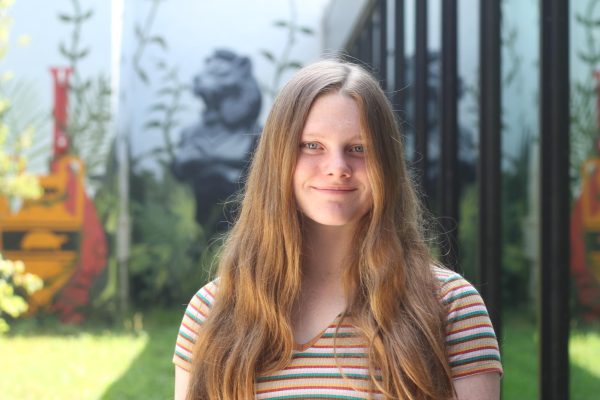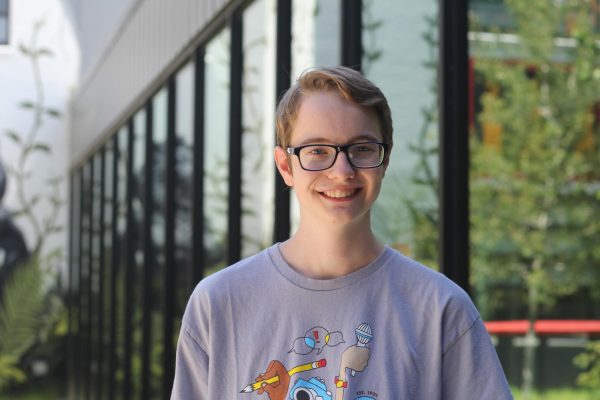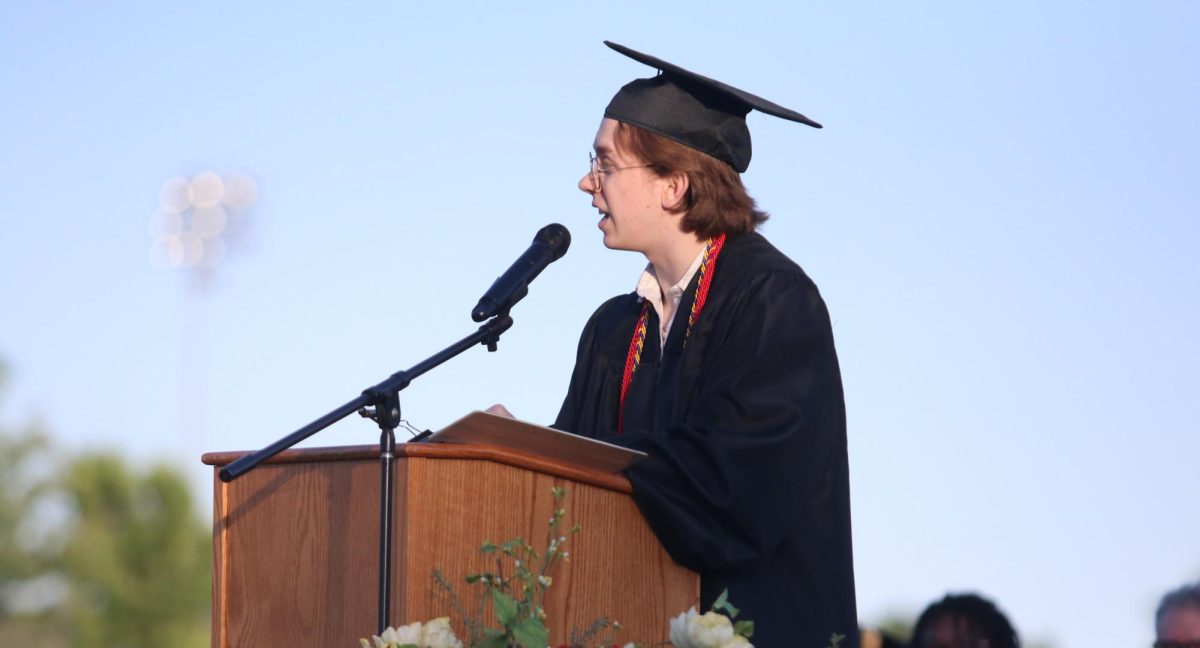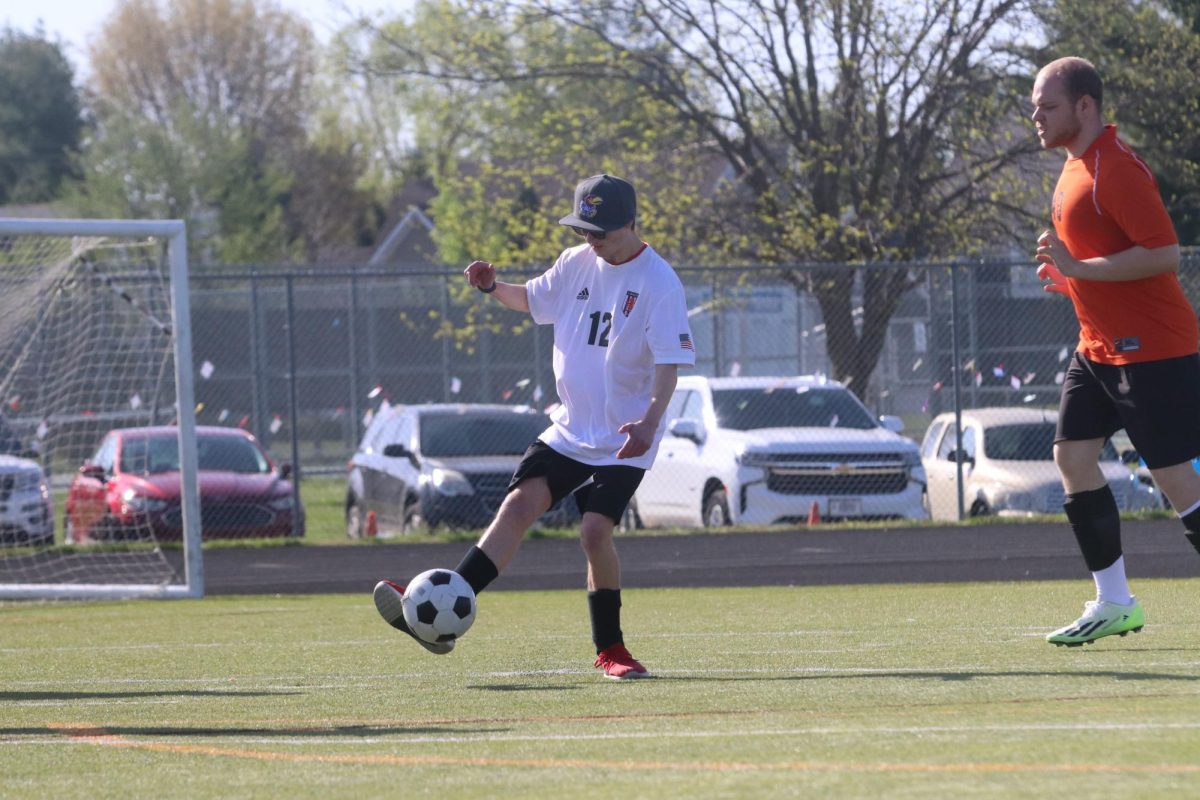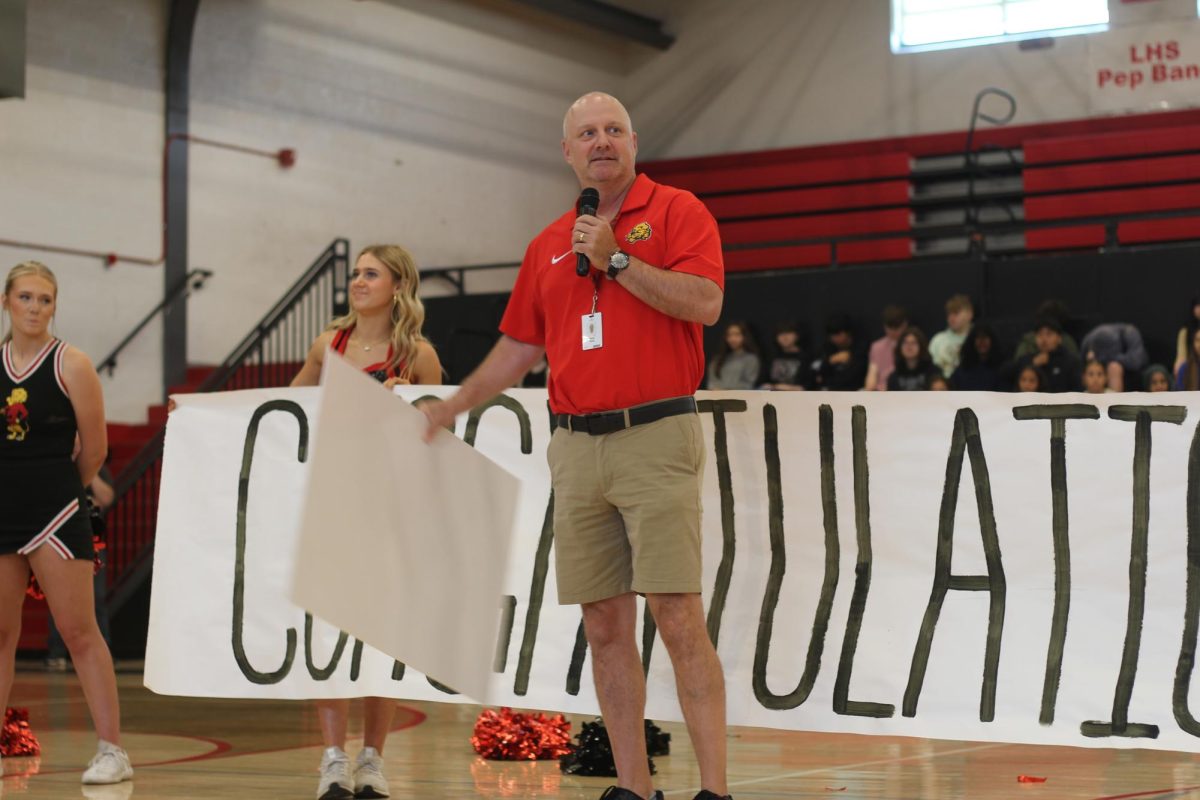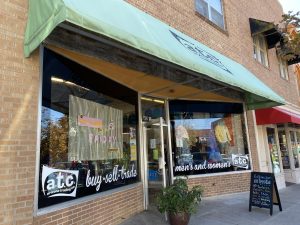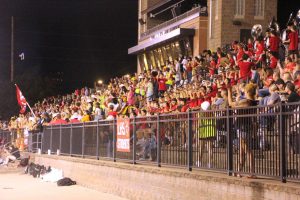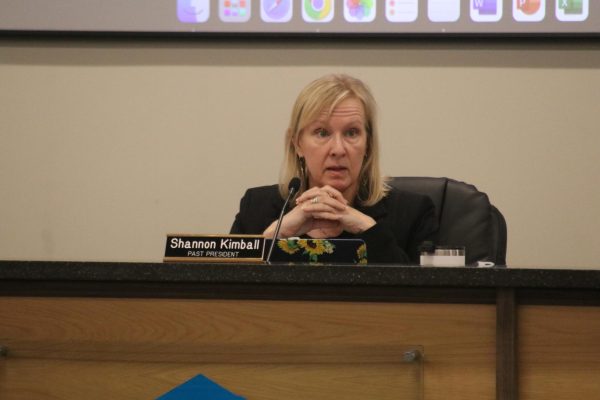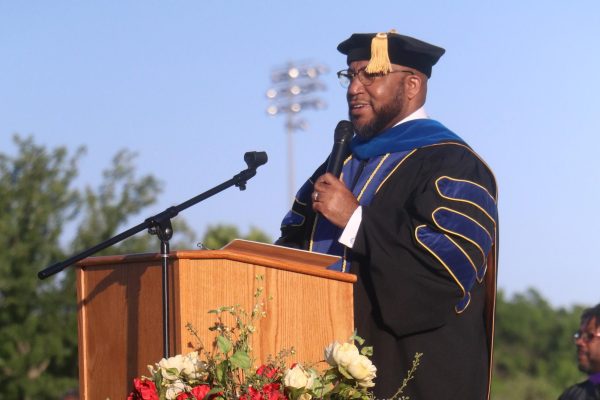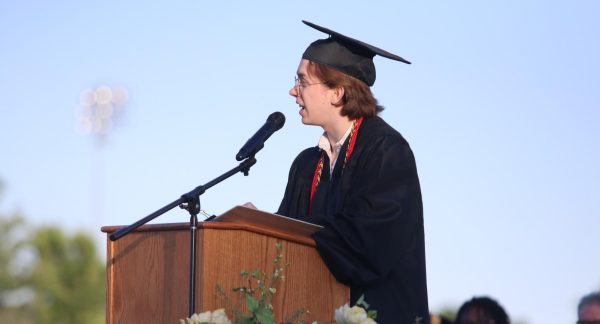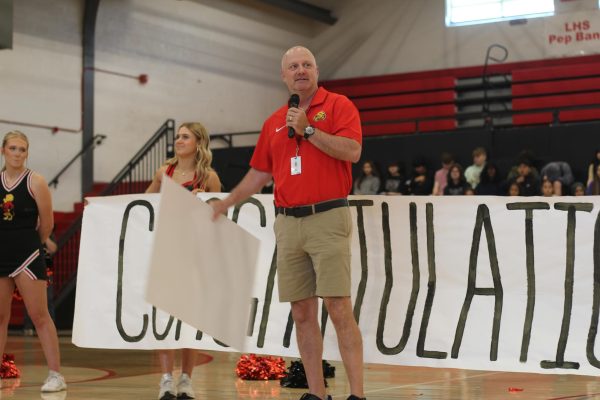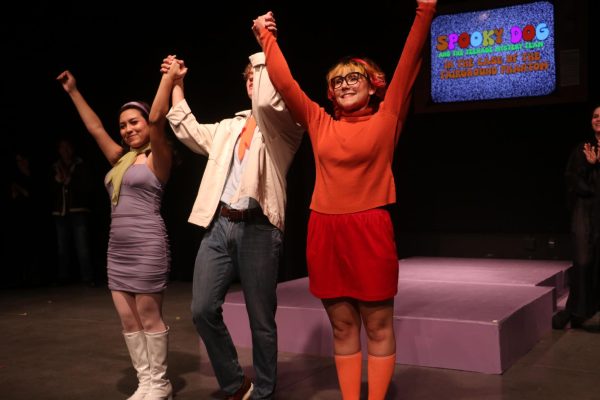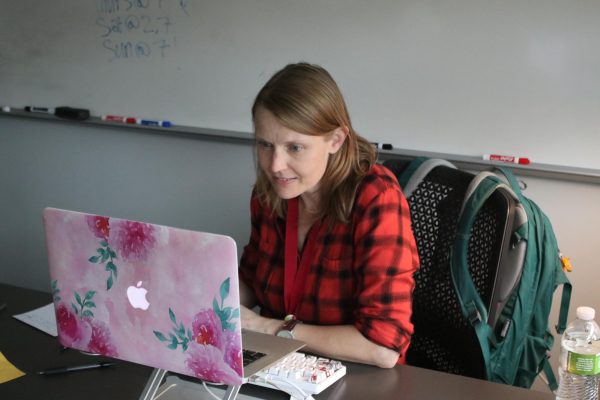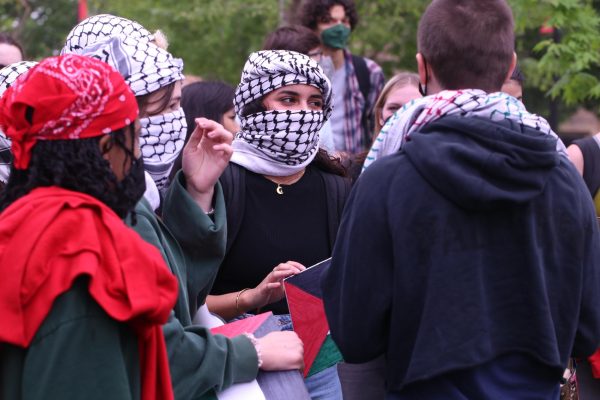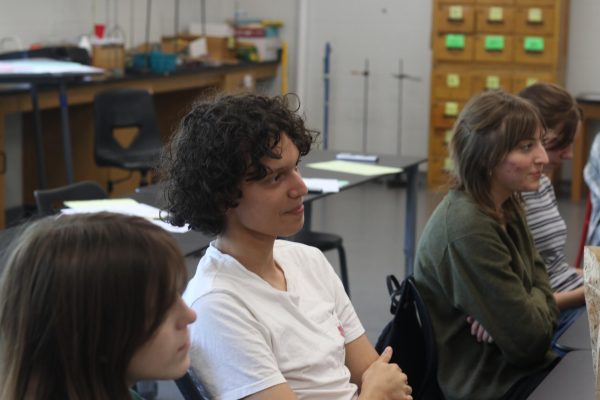Growing school fight culture raises concerns
LHS grapples with how to reduce violence in school
May 16, 2023
There is no denying that fighting is a problem in public schools in America, and Lawrence High is no exception.
As the education system continues to recover from the effects of Covid, school fighting culture has only increased. According to a survey done by the National Center for Education Statistics, 46% of schools in America have seen an increase in fighting and violence within schools.
This increase in violence in school has become a more relevant topic at LHS after a particularly aggressive fight that involved multiple students and even resulted in a teacher receiving medical attention. This incident has sparked some fear in the inhabitants of Lawrence High, as well as social worker Lynisha Thomas, who thinks that students and staff should be able to feel safe on school grounds.
“You shouldn’t be concerned about getting beat up going to your job,” Thomas said. “Students shouldn’t feel unsafe to be concerned about being in the hallway and getting assaulted by multiple people either.”
Students are also concerned about their safety and the safety of their peers. Fights can happen at any given point in the day, and freshmen Miannah Levels thinks the environment of fighting can be overwhelming.
“I was shocked cause it’s so early in the morning and everyone was confused about what’s going on,” Levels said. “It was just a bunch of people and it was very crowded and I was just feeling upset for the girl, I was wondering if she was okay.”
Although there are many factors that have led to the spike in school fights, Thomas thinks that social media is one of the most significant contributors.
“I feel like people that would not normally say things out loud or say things that were hurtful and mean and rude, take it upon themselves to do it on social media because they don’t think they’ll be held accountable,” Thomas said. “Then when it fortunately comes full circle and people call them to the carpet, physical fights possibly happen.”
Fighting is not a common occurrence within classrooms, but the hostility between students that can result in physical conflict does impact students’ learning environment which Levels thinks can be disruptive.
“I haven’t been to a fight like that’s inside like my classroom or anything,” Levels said. “But sometimes if kids are arguing and like inside the classroom, that’ll distract me.”
While there are policies in place to attempt to keep students safe, Thomas thinks that there could be better procedures for dealing with the aftermath and consequences of these violent outbreaks, especially for when the parents get involved.
“I think a lot of times parents prevent certain things from happening because they don’t want their kid to get in trouble even though that their kid probably did something in bad taste,” Thomas said. “It’s a gray area if the parent is not on board with what the principals believe happened and should happen to their student.”
Besides policies against fighting within the school, students like junior Arlo Collier who thinks there are better ways to handle conflict than fighting on school grounds.
“A general rule of thumb would be, if you have a problem with somebody don’t interact with them, stay away from them,” Collier said. “If you know you’re gonna get that emotional reaction first thing, just despite seeing them or talking to them, just stay away from them.”
While school violence is not ignored, it has become very normalized in our school system because of how common it is and Thomas thinks that this is part of the problem.
“We are very desensitized to violence cause we see it multiple times in social media, the news, etc,” Thomas said. “So when it does actually happen that we’re kind of numb to it, which I think is sad as a society as a whole.”
Fighting and other violence within schools has become one of the most common problems in school systems across the United States, and while the issue still needs to be addressed, Collier thinks that the community at Lawrence High is lucky compared to many other places out there.
“Obviously some areas are worse than others,” Collier said. “Like Lawrence it’s not really not that bad, but I understand [how in] other places it’s way worse.”



